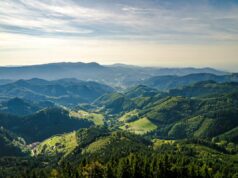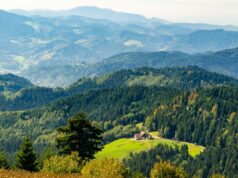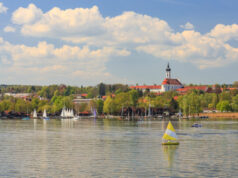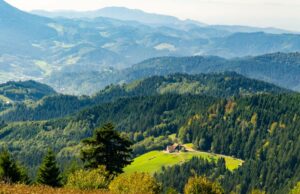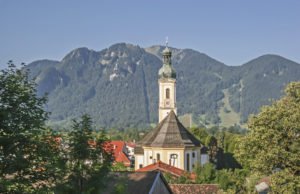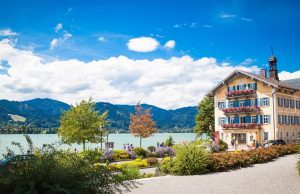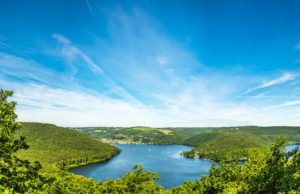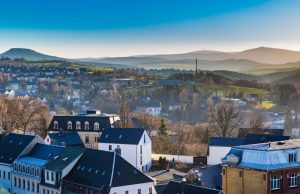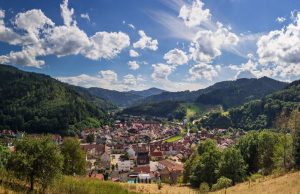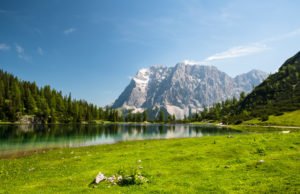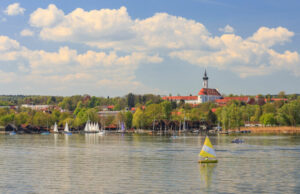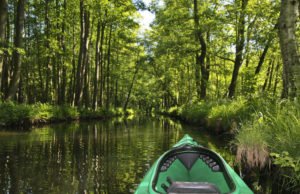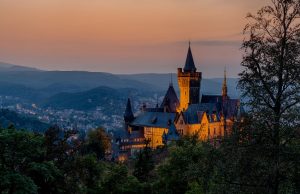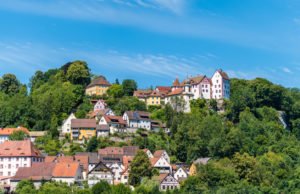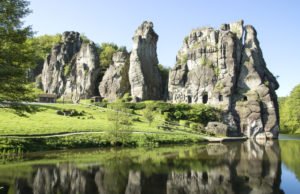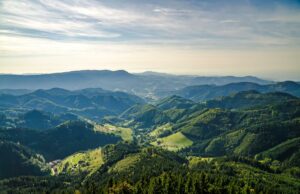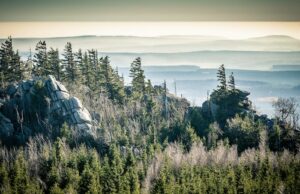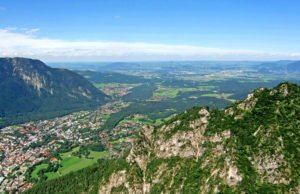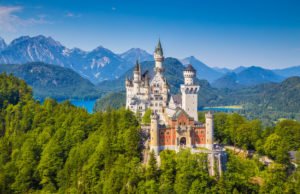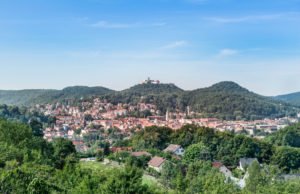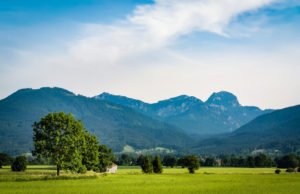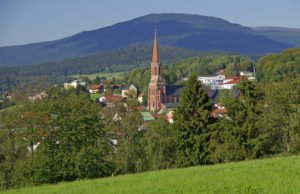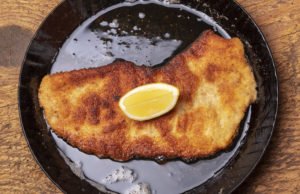
Located close to Füssen in the Allgäu region of Bavaria, Neuschwanstein is widely acknowledged to be the most beautiful castle in the world and has been consistently voted Germany’s top tourist attraction.
A fairytale vision
The castle was built in the late eighteen hundreds at enormous expense by ‘Mad’ King Ludwig II and took a staggering twenty-five years to complete. The King was an eccentric, passionate about architecture and music but completely uninterested in politics and matters of state. He dragged his country into financial ruin, building dozens of castles and palaces, each one more magnificent and outlandish than the last. He died in mysterious circumstances on one of Bavaria’s many splendid lakes, the Starnberger See, several years before Neuschwanstein was finished. Had he lived, the King would have been truly proud of his final creation, inspired by close friend Richard Wagner’s operas Lohengrin and Tannhäuser.
Magnificent from afar..
The white castle, whose multiple turrets were the inspiration for Disney Group’s Sleeping Beauty and Cinderella castles, is poised on an outcrop of rock towering over a gorge in the River Pöllat. The surrounding woodland landscape changes with the seasons, guaranteeing a spectacular view whichever time of year you choose to visit. The most remarkable vista is from the nearby Marienbrücke, a bridge that spans rushing waters in the ravine below.
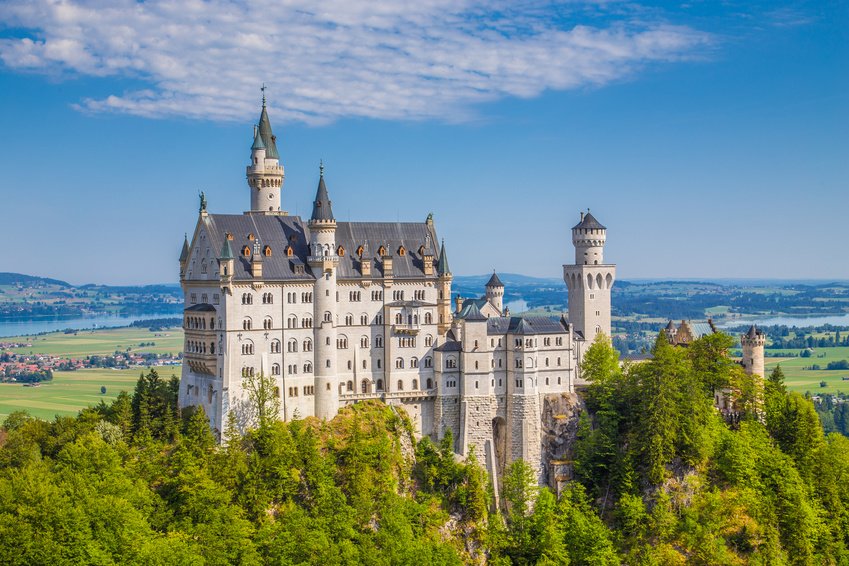
..and from up close
Horse drawn carriages and buses are available to take the pain out of the steep climb from the car park to the castle gatehouse, which is flanked by turrets and set with crenellations and the royal coat of arms. Tickets include the price of a guided tour, which starts with a walk past the many apartments in the upper courtyard through to the main part of the castle where you’ll find the lavishly painted reception known as the Minstrel’s Room. Further on, is the Throne Room, decorated with gilded mural paintings, mosaics and a tremendous chandelier. Ironically, the gold and ivory throne that King Ludwig had planned to sit on was never made. Lastly, there is a picturesque gallery with a spiral staircase that leads to the top of the highest turret, affording breathtakingly views of the surrounding countryside.
It can be busy
One and a half million tourists visit Neuschwanstein every year and, in summer, 6000 people pass through the gatehouse every day, so advance booking is essential. Prices are very reasonable: entrance to the castle costs around €13 per adult and is free for children, but if you intend to visit nearby Hohenschwangau where King Ludwig grew up, Linderhof where he rowed a golden swan-boat on a lake inside an artificial grotto, or the Herrenchiemsee Palace where he built a Hall of Mirrors that gives Versailles a run for its money, think about buying a Bavarian castles and palaces season ticket. Valid for two weeks, it gives access to over forty properties for around €44 for a family of four.
If time is limited, but you’re a detailed person, guided day trips operate from many local towns, including Garmisch-Partenkirchen. If booked online, they cost between £130 – £160 per person and usually include other stopping-off points like Germany’s highest mountain peak, the Zugspitze, Oberammergau, home of the famous Passion Play, or the majestic Benedictine monastery, Ettel Abbey.
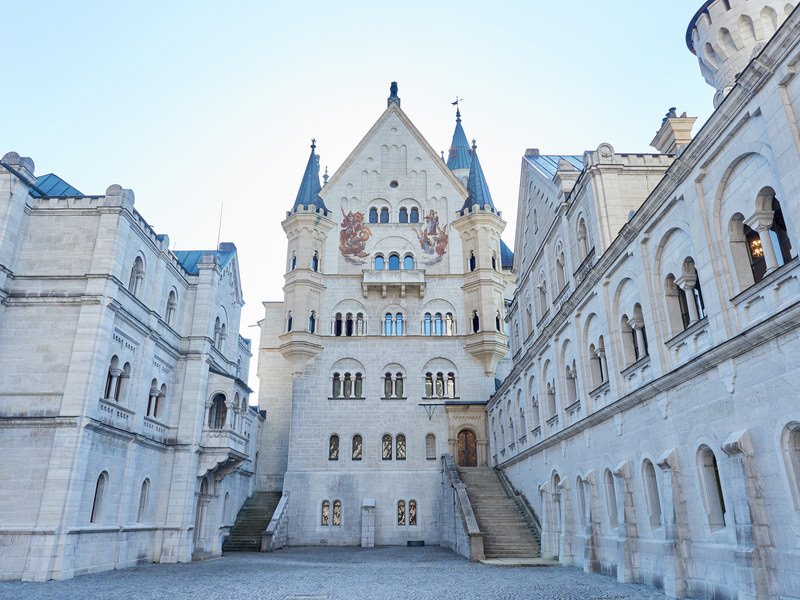
Getting there made easy
Bavaria has an extensive rail and bus network and it is perfectly possible to tour the region without a car. For Neuschwanstein, first take the train to Füssen. From there, it’s a short bus ride to the castle. Buses depart every ten minutes. If you’re using public transport, buy a Bayern Ticket, either online or from a vending machine. The ticket is valid for one day’s unlimited travel aand for a family of four will cost around €43.
If you do hire a car, make the most of your visit to Neuschwanstein by following the nine mile driving tour around the castle, which takes in Hohenschwangau, the Marienbrucke, the Tegelbahn cable car (it runs to the summit of Mount Tegel and overlooks recently discovered Roman ruins), and the small but distinctive Kolomanskirche, a Baroque church that stands quite alone at the foot of the Schwangauer Berge.
Sightseeing can be hungry work
A free multivision show about Bavaria’s historic sights at the Café and Bistro eatery on the second floor of the castle means you don’t even need to stop sightseeing whilst you whilst you take a break. There is another franchise of the same bistro just outside the castle gate.
There are a number of inns and restaurants in the nearby village of Schwangau where you can eat at a leisurely pace whilst enjoying the exterior views. Schlossbrauhaus Schwangau is a Bavarian microbrewery with a rustic interior a few minutes walk from the castle.
The Rohrkopfhütte has an alpine cabin theme and a veranda with panoramic views over the valley. It specialises in the use of fresh seasonal ingredients.
If King Ludwig’s ostentatious castle has given you a taste for the good life, look no further than La Perla for a gastronomic extravaganza. This Italian restaurant has won awards for its seafood pasta dishes, including the signature dish Lobster alla La Perla.
A room – and a spa – with a view
Neuschwanstein is a great stopping off point for tourists travelling along the Romantic Road, which starts in Lindau on Lake Constance and ends 280 miles away in Salzburg. But the surrounding area is also great for longer vacations. Schwangau, although small, offers accommodation to suit all tastes and has an amazing spa with thermal baths, saunas and treatment rooms. Slightly further away, Füssen is a town with sights of its own worth seeing, such as the Baroque cathedral and the oldest preserved fresco in Bavaria.
If there’s one thing you must see..
Neuschwanstein appeals to the romantic in all of us and travellers of all ages will be spellbound by a sight they are sure never to forget.


